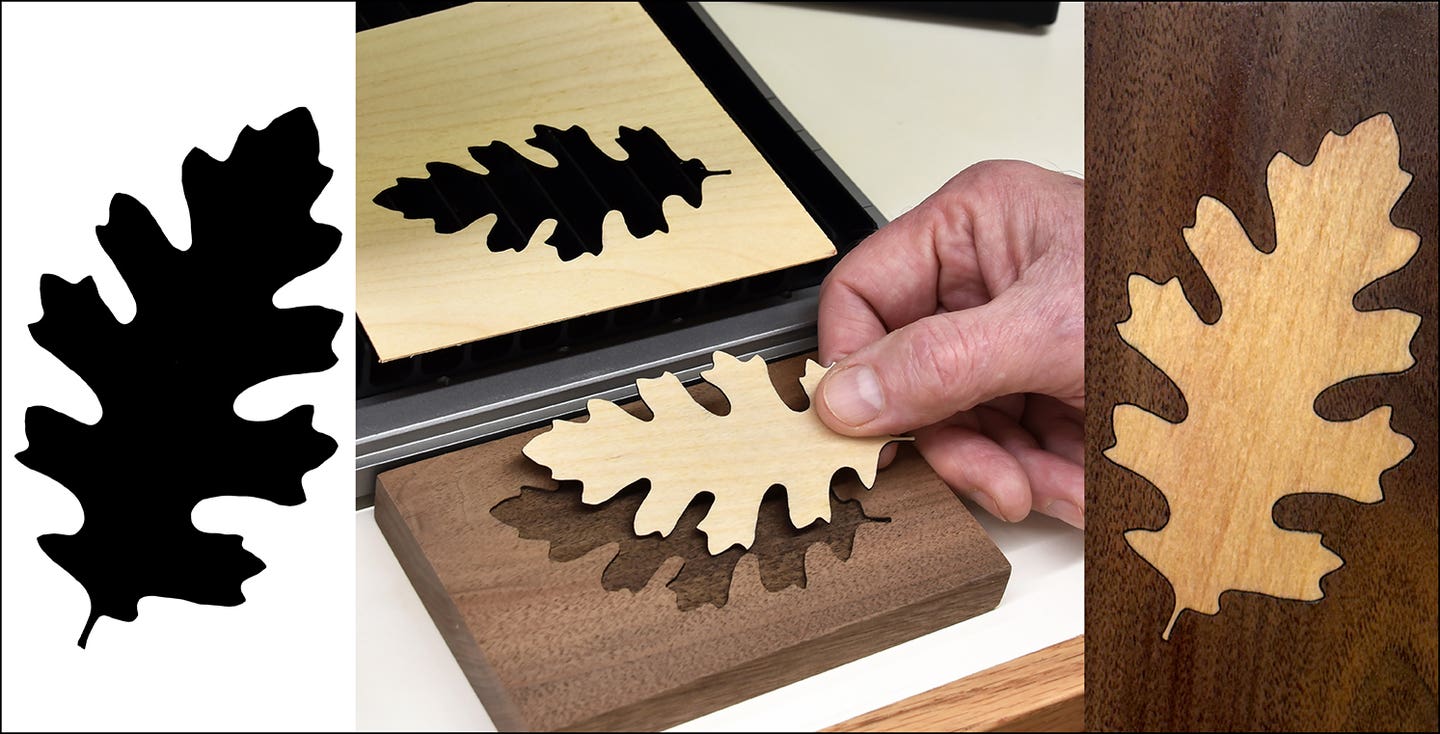Use a wet mill gauge and do the math
How does your finish measure up? Are you doing the math when it comes to finishing? Did you know that it is important to apply the correct amount of coating…
How does your finish measure up?
Are you doing the math when it comes to finishing? Did you know that it is important to apply the correct amount of coating to ensure that the coating’s integrity stays intact? Exactly how much finish can you apply without jeopardizing the coating’s integrity? Are you calculating how many coats of primer vs. pigmented topcoats you will need to apply? Or how many protective coats?
Like in building and design, we need to know our math before we start to be sure what is in our mind measures up, is correct, fits, and will meet the function of the space. By doing the numbers first, we can order the necessary materials.
In building, we use a tape measure for accuracy and consistency. Imagine trying to build something without measuring anything. In finishing, we use a wet mil gauge. It is a simple tool to use and yet so many finishers overlook its importance. They will apply finish by “eyeballing it” and although it is true you can get pretty good at applying the finish consistently around the same wet mils, it is important to know just how many wet mils you are applying with the coating’s volume solids.
A wet mil gauge is a universal tool in the coating industry used to measure the amount of applied coating to the surface to determine the dry film achieved when cured. As woodworkers, we work with several types of finishes. We are generally interested in measuring between 1-6 wet mils for most coatings. The average wet mil application is between 3-5 wet mils. In some cases, like Polyester or some 2k products, we may measure up to 7-12 wet mils in an application.
Using the gauge is very simple. Set up your spray gun to the flow rate and fan pattern you will be working with, then spray your coating on a test panel (not on your work, the marks do not flow out, so only on test panels). Place the gauge into the coating at 90 degrees to the coated surface. Gently press down to make contact with the substrate. Now remove the gauge and stamp the wet teeth onto a flat surface with some craft paper so you can see how many teeth made contact with the coating on the substrate. The marks on the paper illustrate how many wet mils were applied.
When reading the gauge, notice that it will have some teeth that may not have a number assigned to the teeth. The first and last teeth are the “feet” and will always touch the level surface. The teeth in between give the measurement.
It is important to take the reading immediately before the coating starts to flash or set up to get an accurate reading. Clean the gauge immediately after use.
Multiply the wet mils by the coating’s volume solids to get the approximate dry film thickness once the coating cures. For example, with an applied coating of 4 wet mils and 25 percent volume solids: 4 x .25 = 1.0.
Coatings have minimum and maximum film build requirements to perform as the manufacture has designed, tested and intended it to behave. When we do not put enough coating on our substrate, it can become dry, thirsty, raise the grain, and fail to protect the surface. When we apply too much coating, the coating can become brittle, stressed, ridged, and unable to flex and recover with the natural movement of the substrate, which causes cracking, flaking and chipping.
What is the right amount? Most coatings designed for woodworking should have a minimum of 2.5 dry film thickness (DFT) and not more than 5 DFT. The coating manufacturer specifies the DFT limitations on its product or technical data sheet. Using the wet mil gauge determines how many coats can be applied at how many mils. This ensures you are applying enough and not too much. An extra thousandth of an inch of coating can be the difference between success and failure with the same product.
Not measuring the wet mils can change each application and very quickly get you past the maximum film build. This becomes even more important when you have more than one finisher spraying on the job. Be sure that they are all achieving the same dry mils and following the same finishing schedule of how many primer coats and paint coats to avoid having a difference in color and sheen variances. It is also important to remain consistent throughout the day with the same wet mil application as the finisher’s mood, energy or brain starts to wander. One trick I do to stay consistent is to sing a song while spraying. This keeps me on a beat.
One more consideration to account for when doing the math is the unexpected need to spray another coat. We’ve all experienced flipping a door over that has stuck to the drying rack or having a bug land in a wet coat. We need to be ready and have enough room for applying an extra coat.
No matter the product — clear or pigmented, solvent or waterborne — there is a dry film limit. Use a wet mil gauge and always do the math before you finish.
Diane Shattuck is a finisher, consultant, guest speaker, writer and teacher. She can be contacted at dianeshattuck@msn.com. Questions, suggestions and comments are always welcome.







